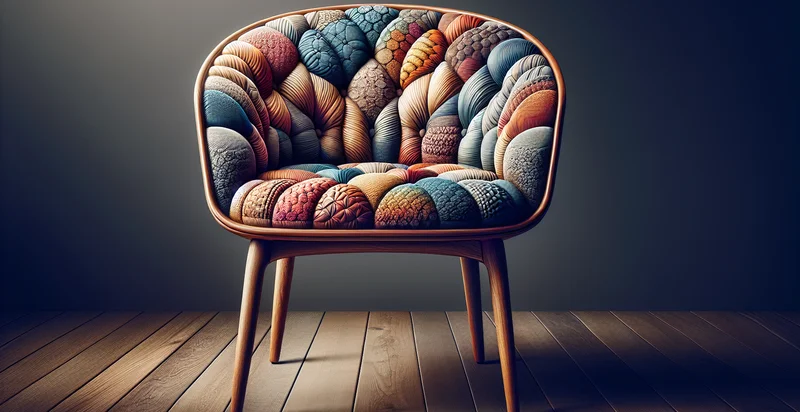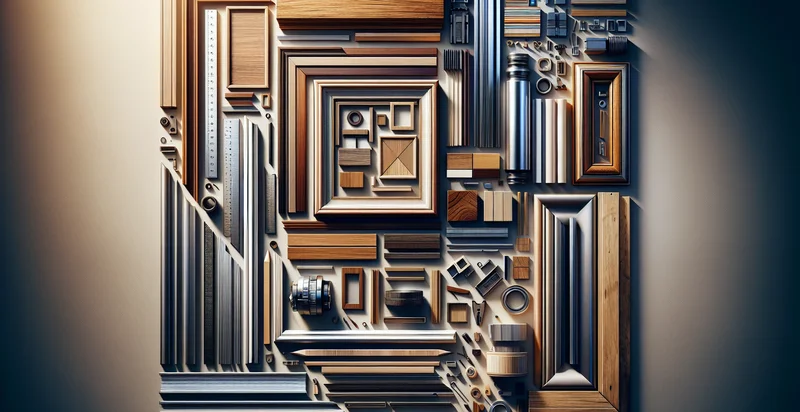Identify what material a drawer is made from
using AI
Below is a free classifier to identify what material a drawer is made from. Just upload your image, and our AI will predict what material a drawer is made from - in just seconds.

Contact us for API access
Or, use Nyckel to build highly-accurate custom classifiers in just minutes. No PhD required.
Get started
import nyckel
credentials = nyckel.Credentials("YOUR_CLIENT_ID", "YOUR_CLIENT_SECRET")
nyckel.invoke("what-material-a-drawer-is-made-from", "your_image_url", credentials)
fetch('https://www.nyckel.com/v1/functions/what-material-a-drawer-is-made-from/invoke', {
method: 'POST',
headers: {
'Authorization': 'Bearer ' + 'YOUR_BEARER_TOKEN',
'Content-Type': 'application/json',
},
body: JSON.stringify(
{"data": "your_image_url"}
)
})
.then(response => response.json())
.then(data => console.log(data));
curl -X POST \
-H "Content-Type: application/json" \
-H "Authorization: Bearer YOUR_BEARER_TOKEN" \
-d '{"data": "your_image_url"}' \
https://www.nyckel.com/v1/functions/what-material-a-drawer-is-made-from/invoke
How this classifier works
To start, upload your image. Our AI tool will then predict what material a drawer is made from.
This pretrained image model uses a Nyckel-created dataset and has 20 labels, including Acrylic, Aluminum, Bamboo, Cardboard, Ceramic, Composite, Fabric, Fiberboard, Glass and Laminated Wood.
We'll also show a confidence score (the higher the number, the more confident the AI model is around what material a drawer is made from).
Whether you're just curious or building what material a drawer is made from detection into your application, we hope our classifier proves helpful.
Related Classifiers
Need to identify what material a drawer is made from at scale?
Get API or Zapier access to this classifier for free. It's perfect for:
- Furniture Quality Assessment: This function can be used by furniture manufacturers to assess the quality of their products. By identifying the material of a drawer, manufacturers can ensure that their items meet specified durability and aesthetic standards, leading to improved quality control.
- Environmental Impact Analysis: Retailers and manufacturers can utilize this function to analyze the materials used in furniture production and their environmental impacts. This data can lead to better sourcing practices, ensuring sustainable materials are used and marketed to environmentally-conscious consumers.
- Accurate Product Descriptions: E-commerce platforms can implement this classification function to enhance product descriptions. By automatically identifying the materials of the furniture pieces, they can provide accurate and detailed descriptions to help consumers make informed purchase decisions.
- Insurance Assessment: Insurance companies can use this function during claims assessments related to furniture damage. By identifying the material of a drawer, they can accurately determine the value of the item and validate claims related to damage or loss during covered events.
- Restoration and Repair Services: Companies that specialize in furniture restoration can use the function to identify materials for accurate restoration work. Knowing the correct material allows for more precise repairs, ensuring that the restored furniture maintains its original integrity and appearance.
- Custom Furniture Design: Interior designers can utilize this technology to understand existing furniture materials when planning custom pieces. This identification helps them create designs that complement or contrast effectively with the existing furniture, enhancing overall space aesthetics.
- Market Trend Analysis: Market researchers can apply this function to analyze trends in furniture materials over time. By categorizing and tracking the materials used in various products, they can derive insights into changing consumer preferences and market demands for specific materials.


